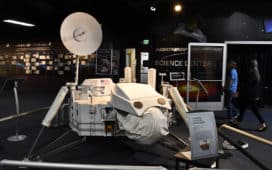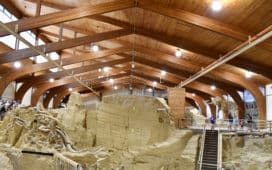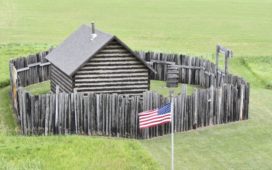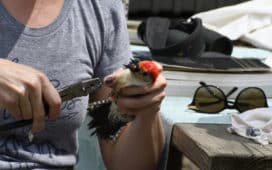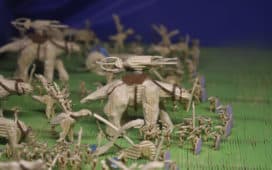Sometimes the greatest teachers are behind chain link fences. The Learning Nomads team learned this while touring the Wildlife Science Center in Stacy, MN. Join us as we meet the wolves and other animals that call the WSC home.
The Wildlife Science Center was initially founded as a federally funded research facility in 1976 to document the behavior of captive gray wolves. In 1991, it achieved 501(c)(3) status and been focusing on education programming using its knowledge and assets since.
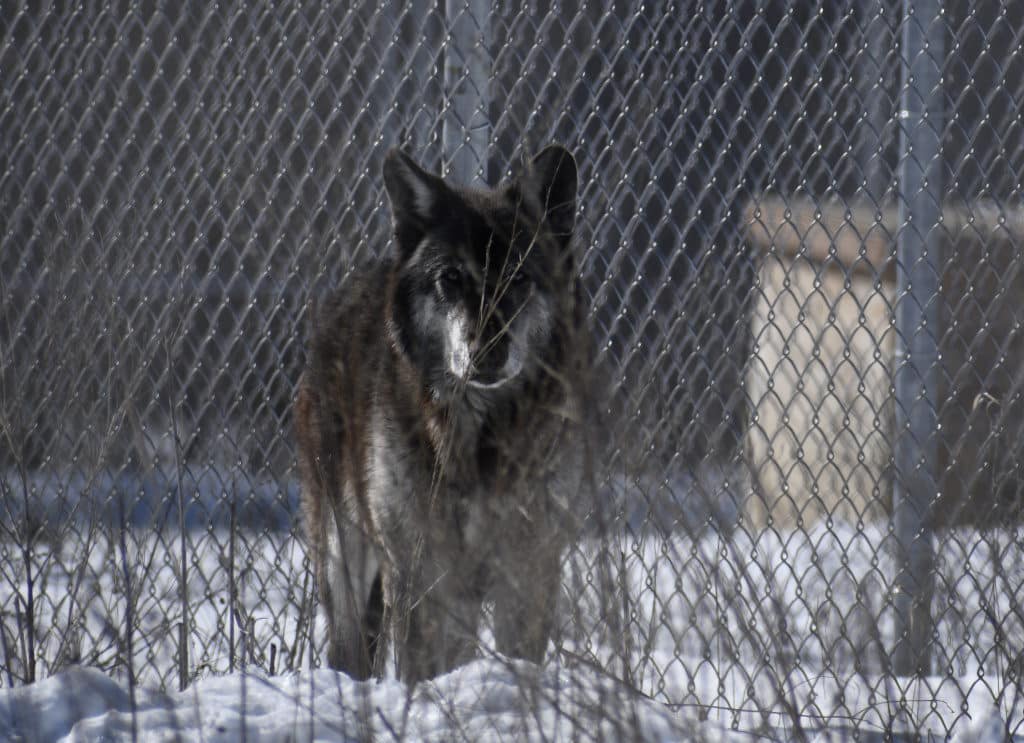
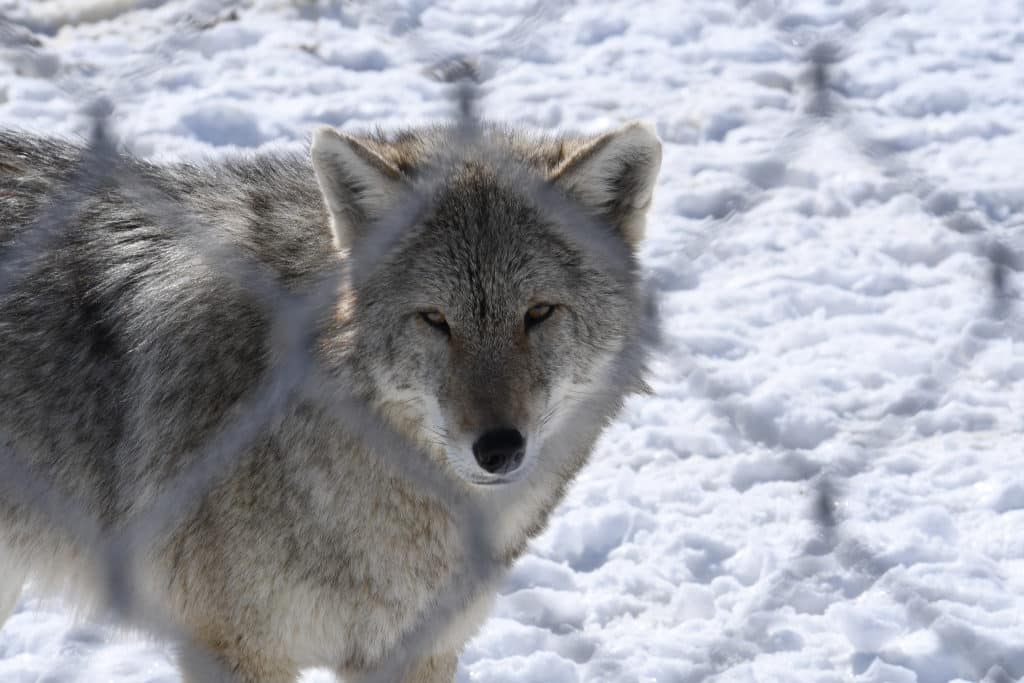
Tour time!
Once you arrive, you may be surprised at the number of wolves and other animals at the facility. There are over 100 wolves (2 species, grey wolf and red
The tour starts with a briefing about the center, rules and what you may see (this takes about 5-10 minutes). From there, your group becomes fully immersed in the experience, as soon as you start walking down the road, you realize that you are in the wolves space. From near and far, the wolves stir and gaze upon the visitors, some walking up to the fence lines to get a closer look.
TOUR TIP: The only restroom facility is at the beginning of the tour. The tour lasts about about an hour, so plan ahead.
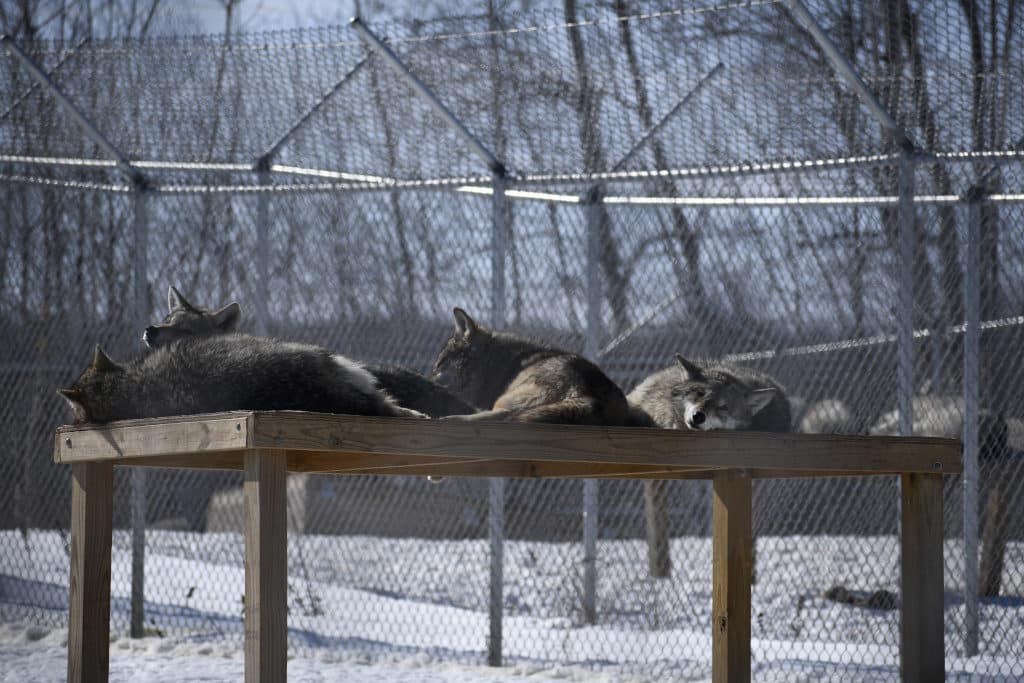
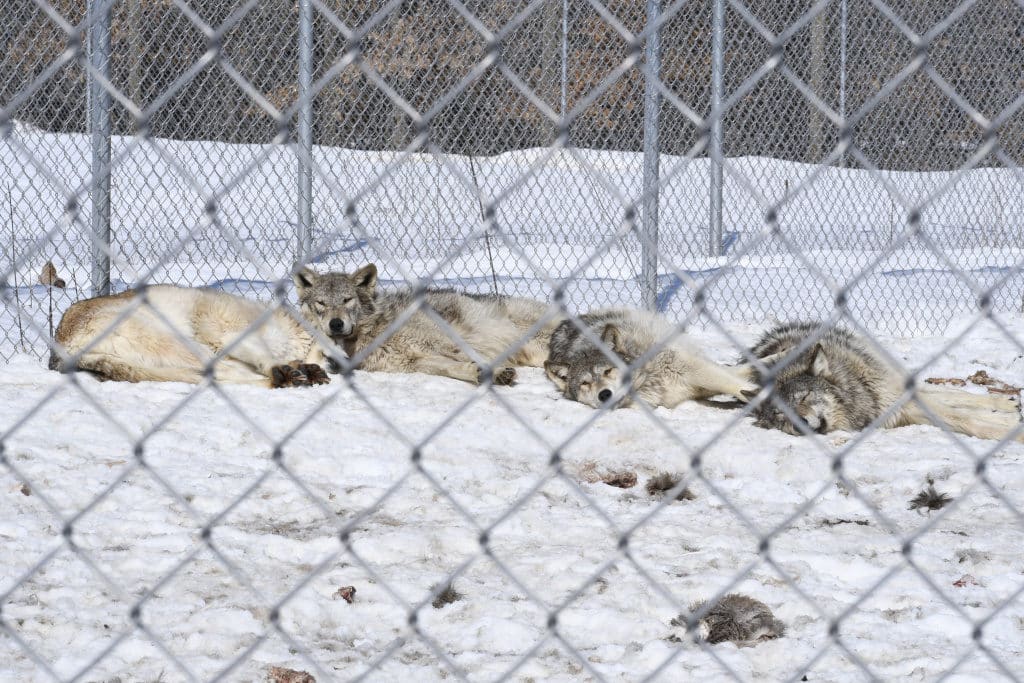
As we ventured further into the facility, it was fascinating watching the social interactions of the wolves. Most of the wolves would look up to acknowledge our presence and then go back to resting, but a few ventured up to the fence to get a closer look. Primarily they ignored the older members of the group and focused on the smaller kids.
PHOTO TIP: Switch to manual focus for most shots, the fence can play havoc with auto-focus sensors.
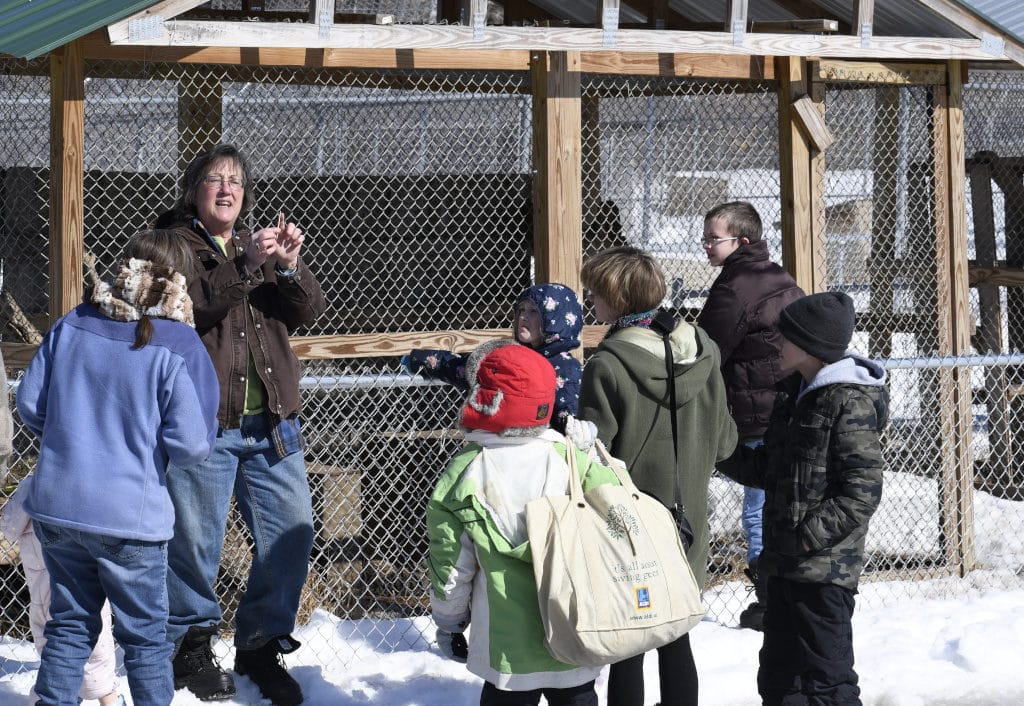
Shout out to our guide Kathy!
Our guide Kathy did a terrific job educating the team about the animals, explaining the history of the center, the differences on the various species of wolves and their unique features, all while keeping the kids engaged the entire tour. Not only does she have a huge amount of knowledge about the animals, but you can tell she truly loves sharing that knowledge with groups.
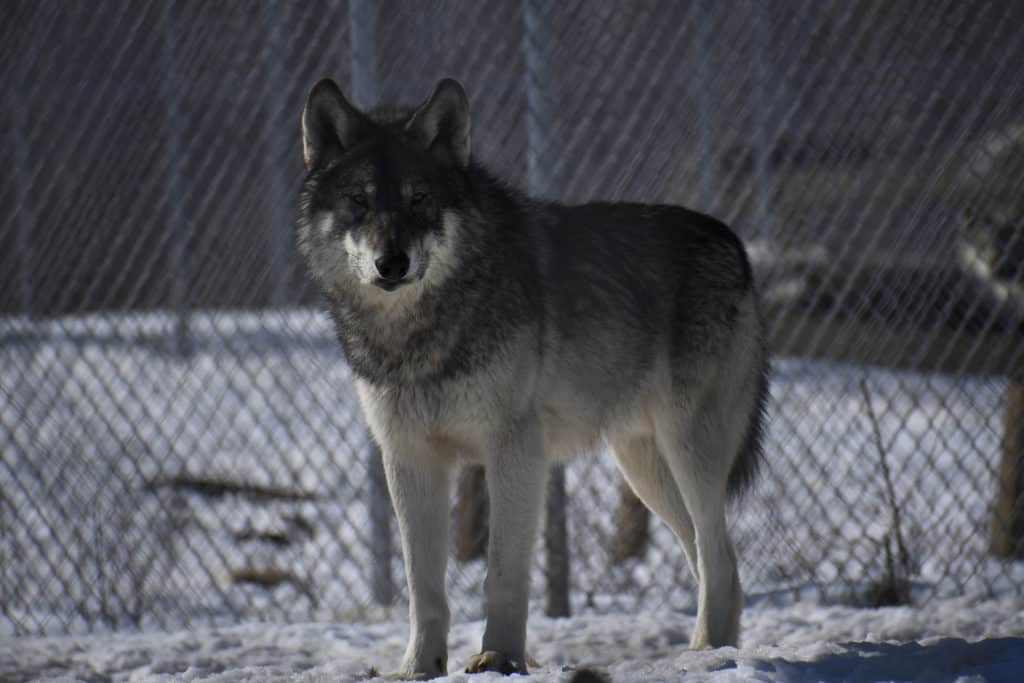
TIP: Dress appropriately for the weather. It is very difficult to have fun and stay engaged with the tour if you are not prepared to be outside for about an hour.
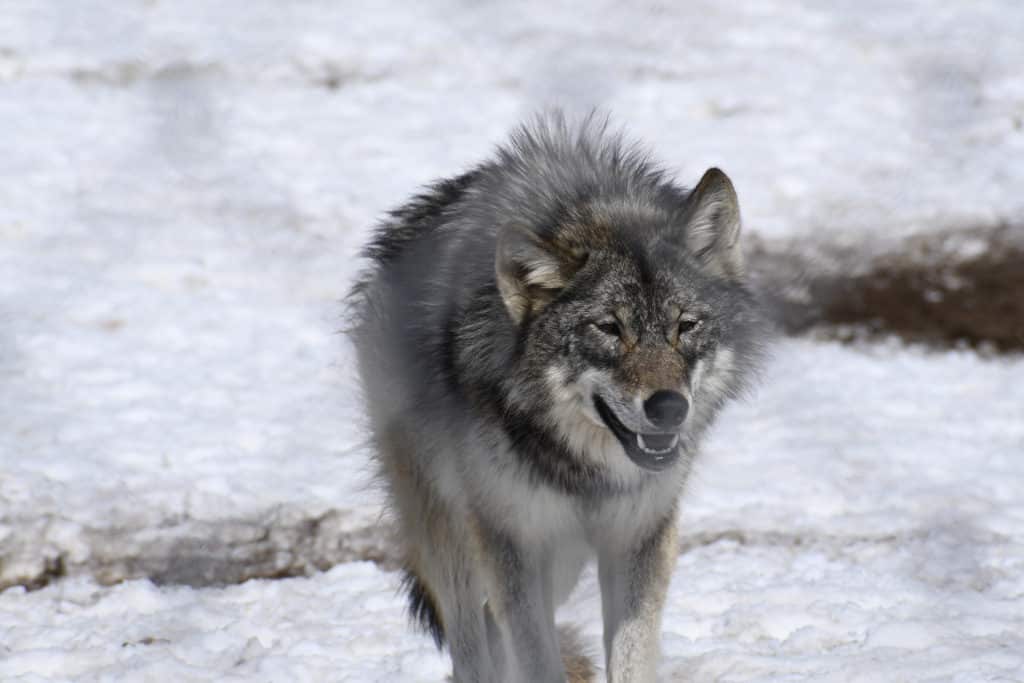
While it looks like this wolf has raised hackles, we found out that it was actually because he was still a younger wolf. This was seen with a few of the wolves.
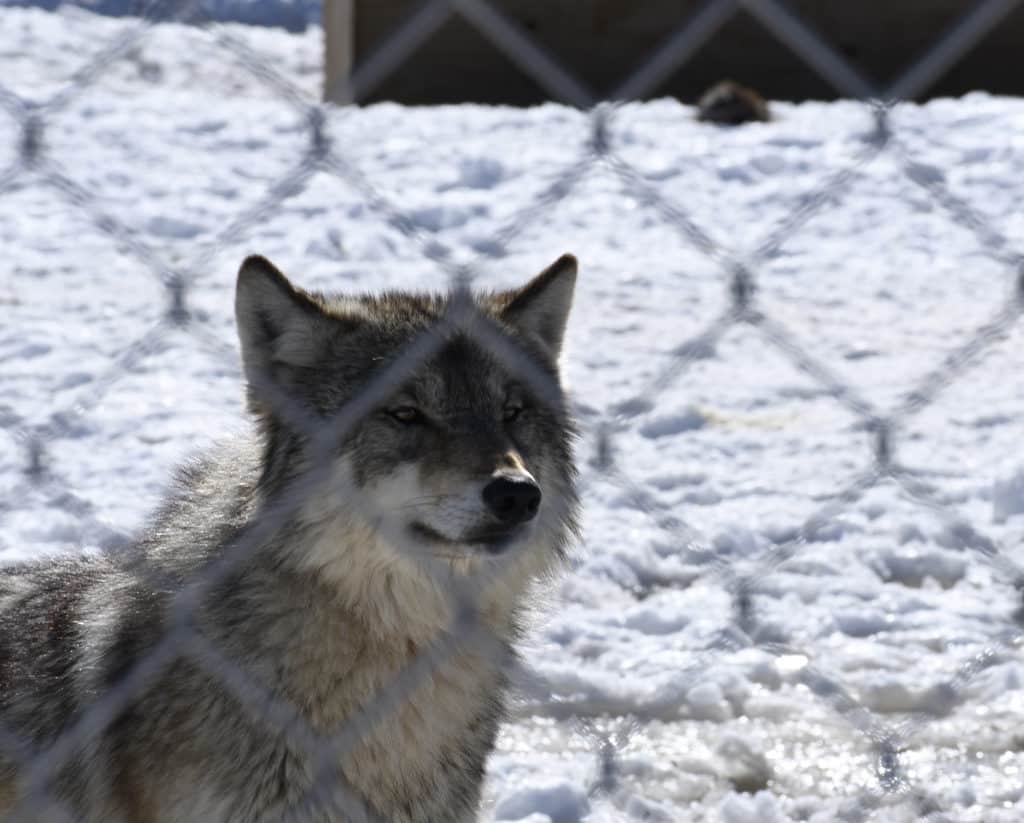
During our trip, it was a balmy 23 degrees (which felt great after the long Minnesota winter!), as you can see many of the wolves also appreciated the warmth of the sun. Throughout the facility, all the wolves seemed to be very content and relaxed; we did not see any stress on the animals that you sometimes see with captive animals.
FUN FACT: As you can see below, even wolves can take relaxing on a sunny day to extremes!
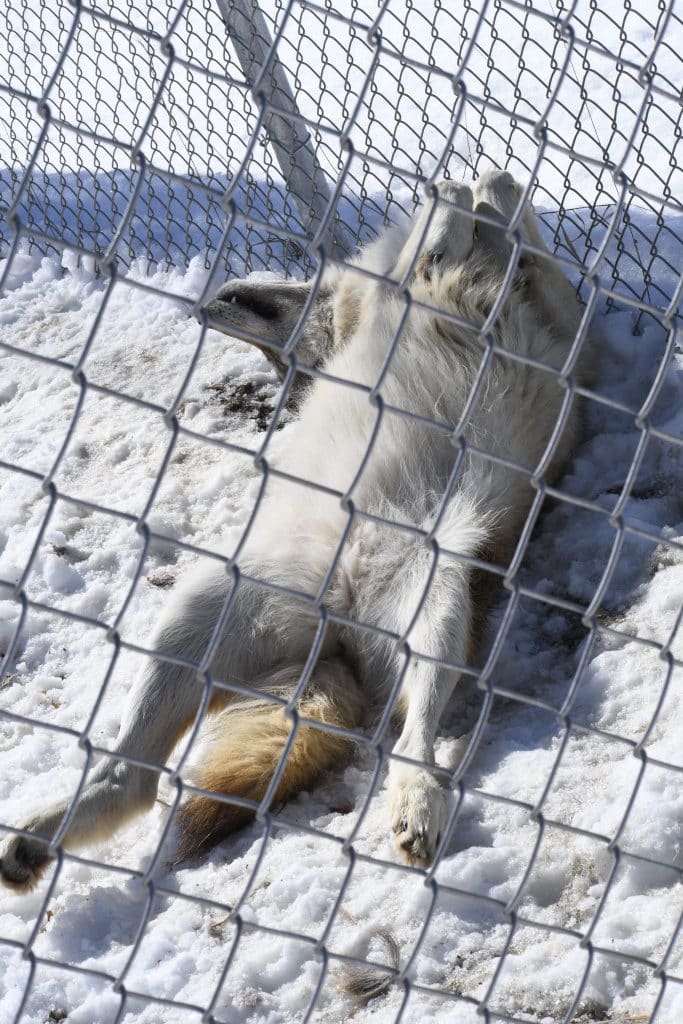
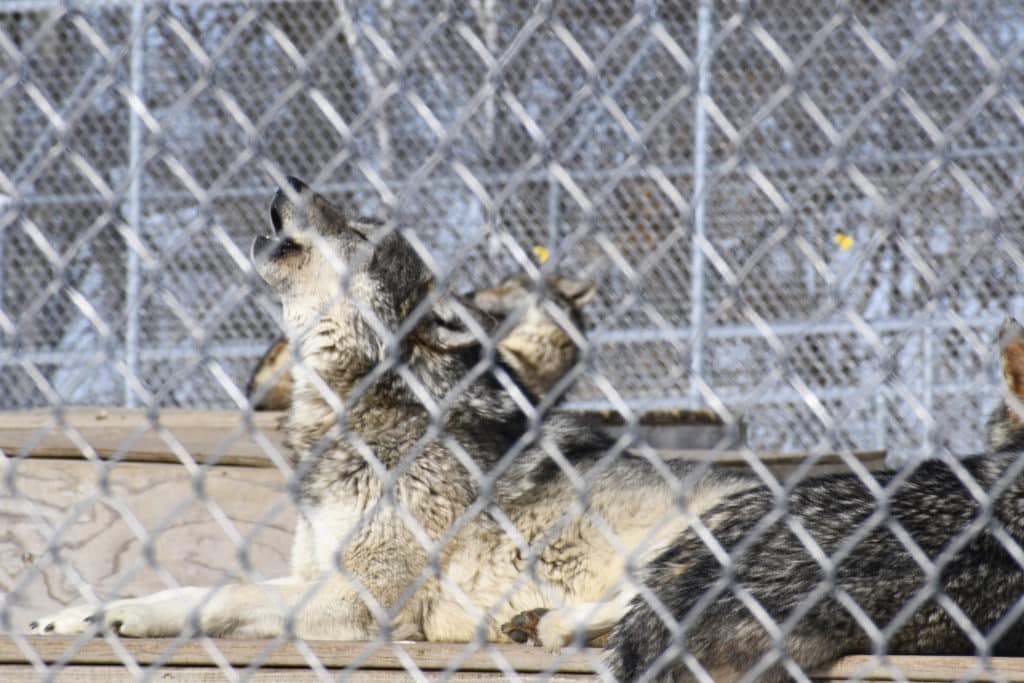
What is that tiny thing?!
It was very educational to watch the wolves “stalk” our tiniest member Wren. Never in an overtly aggressive manner, but more like inquisitive curiousity. Multiple times this behavior was observed with up to three wolves at a time all approaching the fence and quietly watching her.
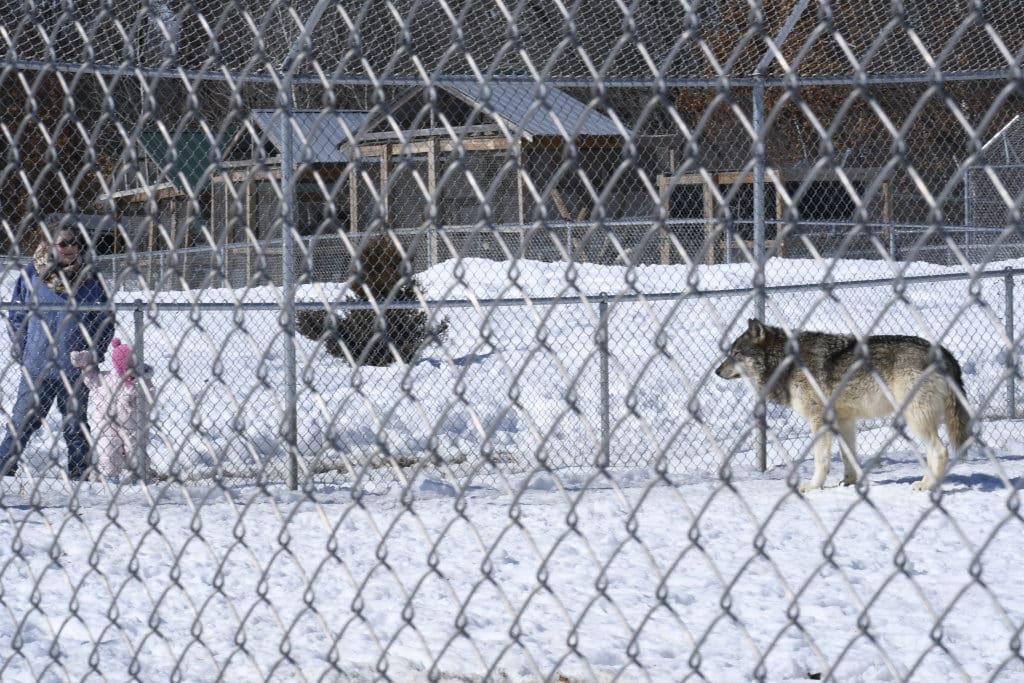
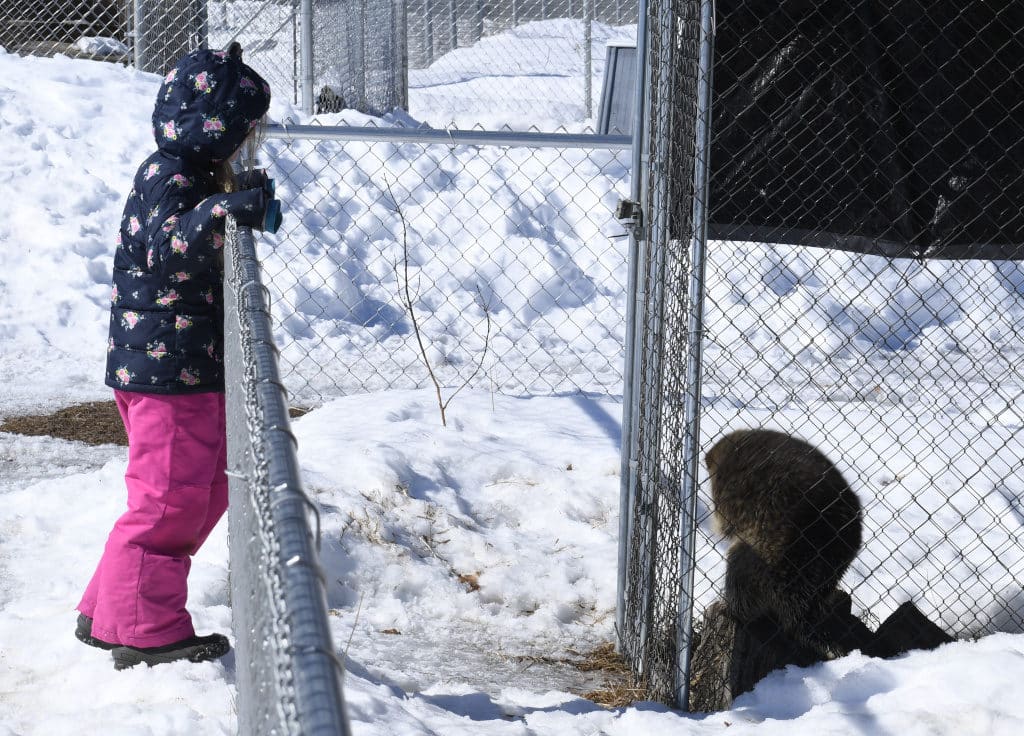
How to help the Wildlife Science Center?
As you may have guessed, taking care of over 100 wolves (plus the other animals) is resource intense endeavor. Here are some ways that you can directly contribute to the center through cash/goods.
NOTE: Money can be the most useful donation for facilities like this.
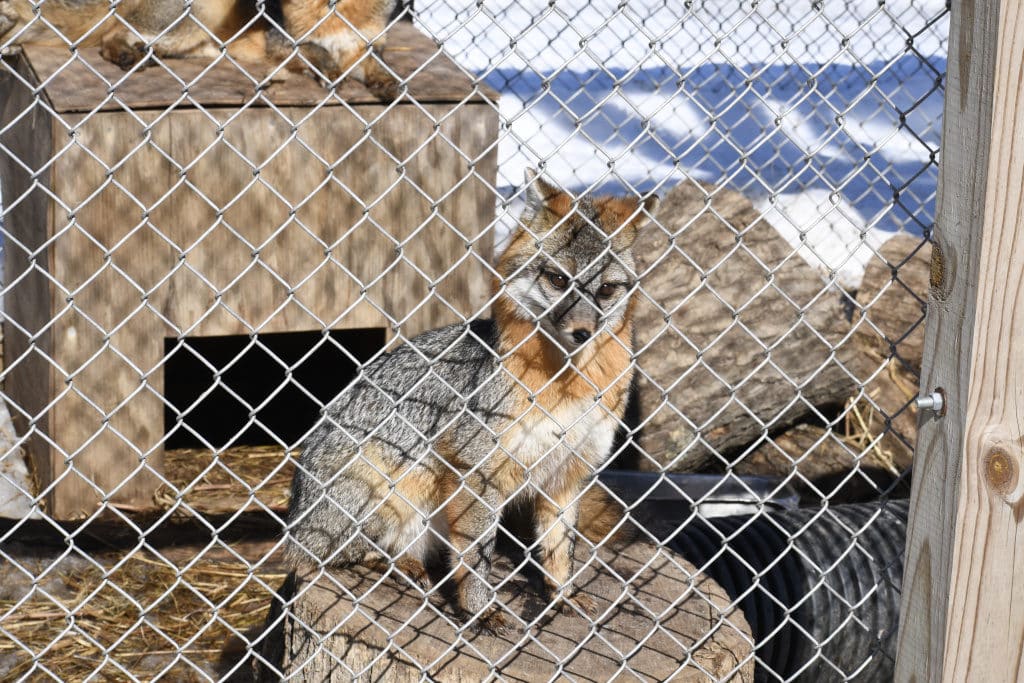
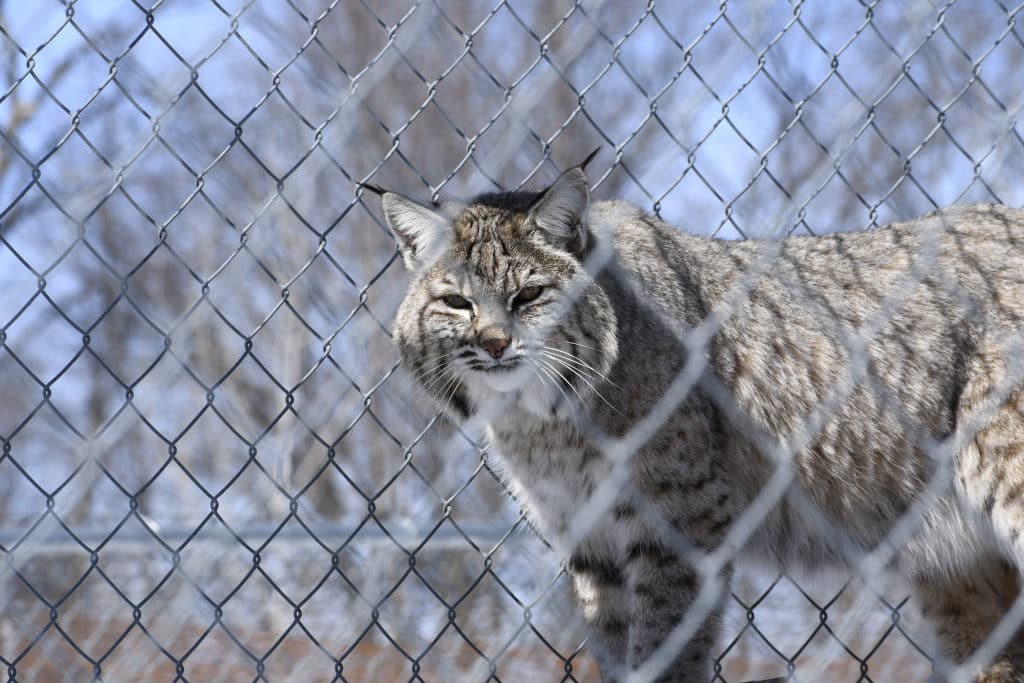
Trip planning notes
On this trip, we created individual binders that contained images of the animals they would see and an area next to the pictures to write notes and questions down for all the kids. Using personalized binders was very successful! We did receive feedback from the older kids that they want them about 3-4 days ahead of the trip so that they research the animals more.
TIP: The personalized binders we created are standard three-hole 1/2″ binders. After each trip, we take out the sheets from the trip, staple them together and add to larger 2″ binders so the kids have memory books of the trips.

Wrapping up our adventure…
We asked Bob Ebsen, Education Director of the Wildlife Science Center about what he think is the most important message that people should hear/know about the Wildlife Science Center.
“Our main focus during the Saturday Tours is giving people
a chance to see and learn about animals that are local but not
often seen. Wolves are a focus. Wolves are a charismatic and controversial
animal. Some people love them too much; some people hate them too much
Reality is somewhere in the middle. There are benefits to having wolves
and other predators in Minnesota but there are management issues that
need to be considered. ”


